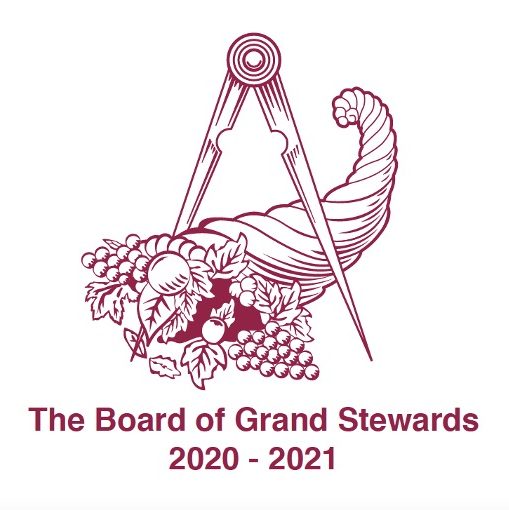Anderson records:
“Then the Grand Wardens were order’d, as usual, to prepare the Feast, and to take some Stewards to their Assistance, Brothers of Ability and Capacity, and to appoint some Brethren to attend the Tables; for that no Strangers must be there. But the Grand Officers not finding a proper Number of Stewards, our Brother Mr. Josiah Villeneau, Upholder in the Burrough Southwark, generously undertook the whole himself, attended by some Waiters, Thomas Morrice, Francis Bailey, &c.”
Brother Josiah Villeneau (sometimes given as ‘Villenau’) an “Upholder in the Burrough Southwark” according to Anderson, is recorded as being the First Steward, having volunteered and organised the First Feast at the Stationers’ Hall in 1721 when the growth and popularity of the Craft had outgrown the accommodations of the Goose and Gridiron.
He was appointed a Grand Warden in 1721 as well as volunteering to Steward the First Feast.
From the Grand Lodge Minutes of 25 November 1729 there is reference to the formation of the Public Charity, later the Fund for Benevolence. The first named donor is the same Josiah Villeneau and it confirms his lodge as being the one that met at the Kings Arms tavern in St Paul’s Churchyard, known today as the Lodge of Antiquity No 2.
Morrice and Bailey were not numbered among the waiters but rather the rulers. Why Anderson lists them after the waiters is not known.
Thomas Morrice was a fellow Grand Warden with Villeneau and had held the office of Junior Grand Warden in the three previous years. He was listed as a Stone-Cutter by Anderson, but it is unclear as to whether he was a stonemason or sculptor. He was a member of the ‘old lodge meeting at the Goose & Gridiron’.
Francis Bailey was a member of the lodge that met at Ben’s Coffee House on New Bond Street, now erased.
The next known list of Stewards is from 1723 and notes Henry Prude, Giles Clutterbuck, John Shepherd, Captain Benjamin Roberts, Edward Lambert and Charles Kent. Sadly all their lodges are not believed to have survived the passage of time.
For the best and most complete record of the Grand Stewards, Colin Dyer’s “The Grand Stewards and Their Lodge” is an authoritative source and highly recommended.
